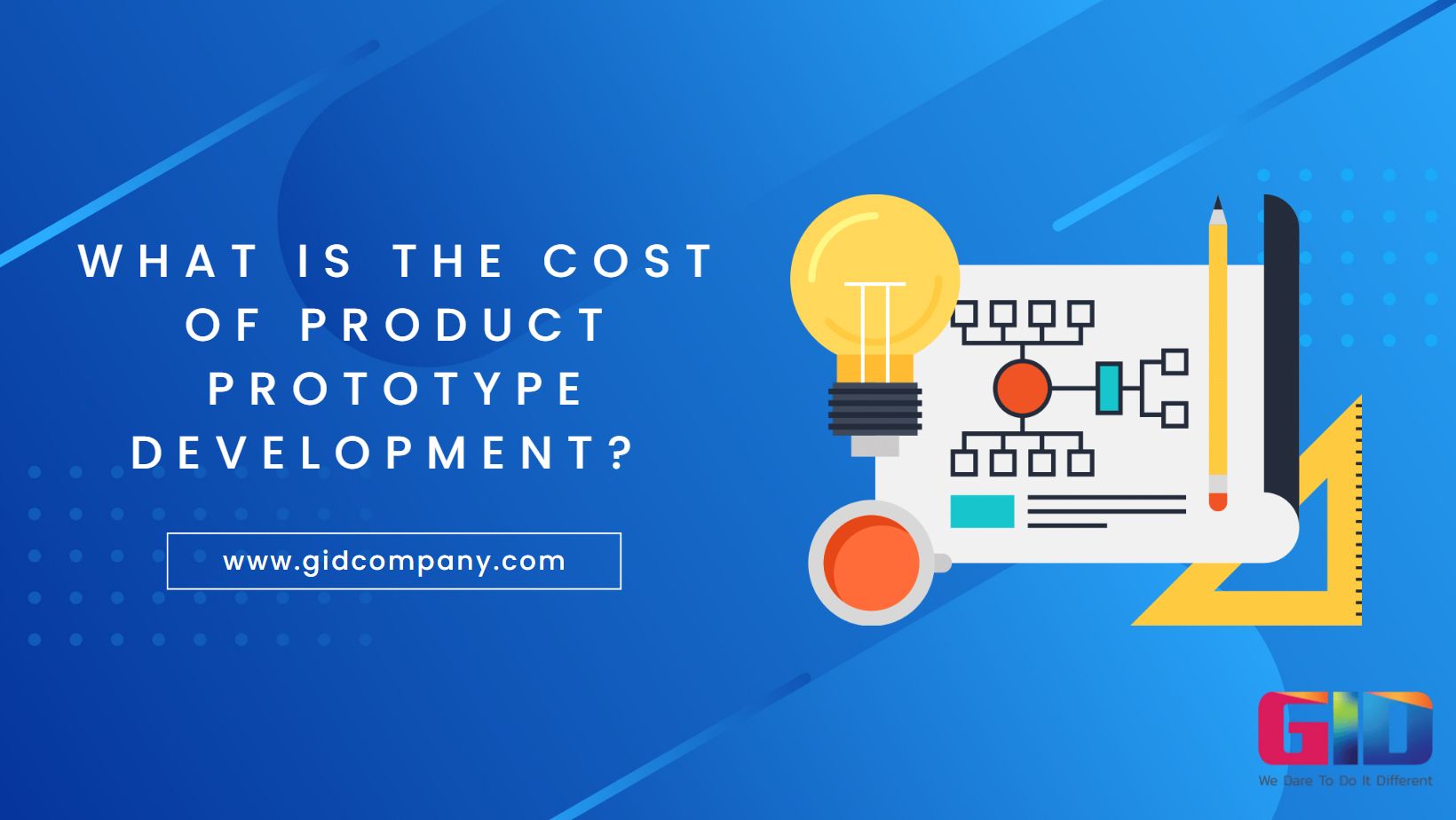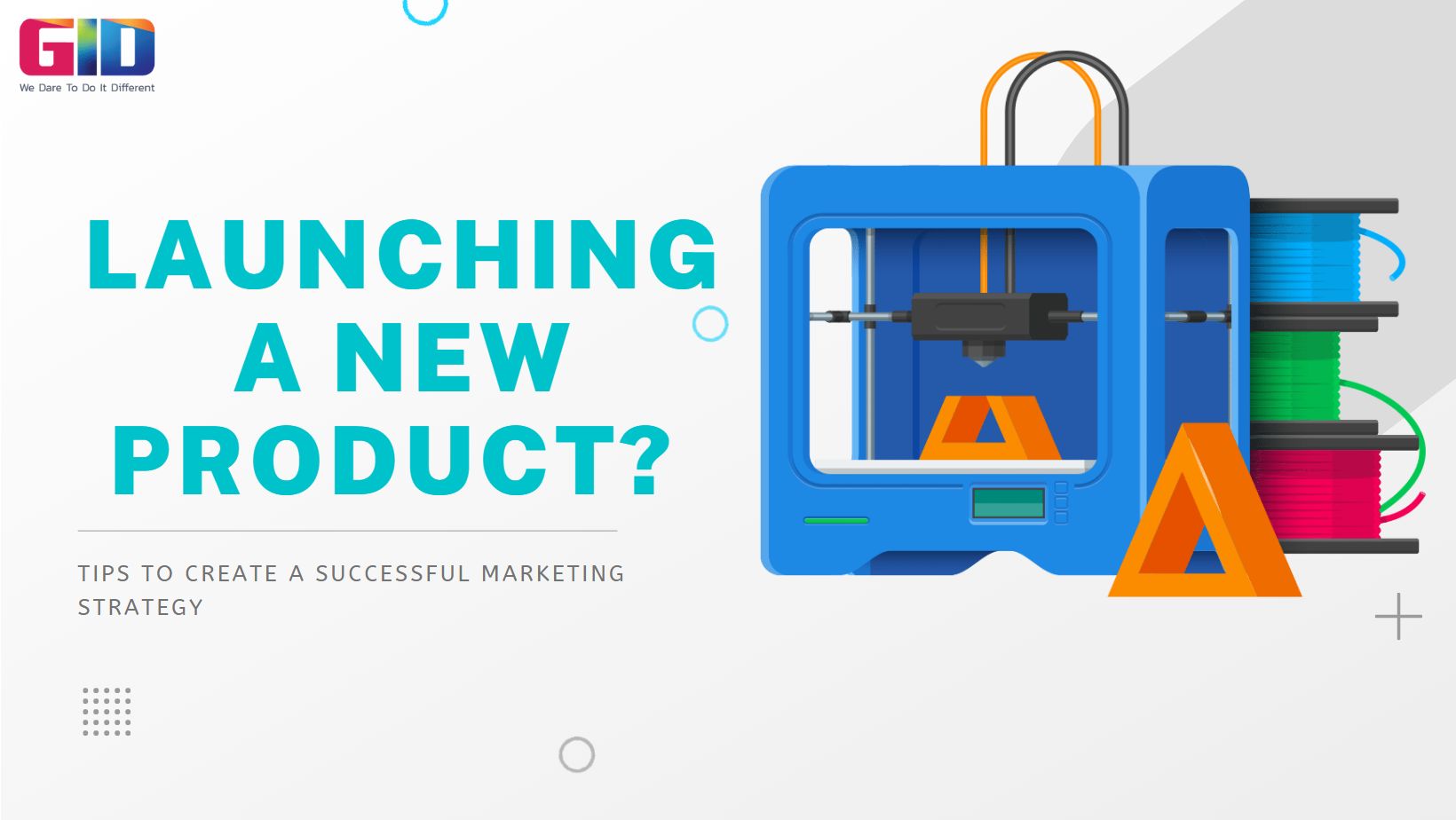26 Jun 2023
What Is The Cost Of Product Prototype Development?
Cost of Product Prototype: A Comprehensive Breakdown Have you ever come across PCE, which stands for Price Cost Estimation? It's a term...
















